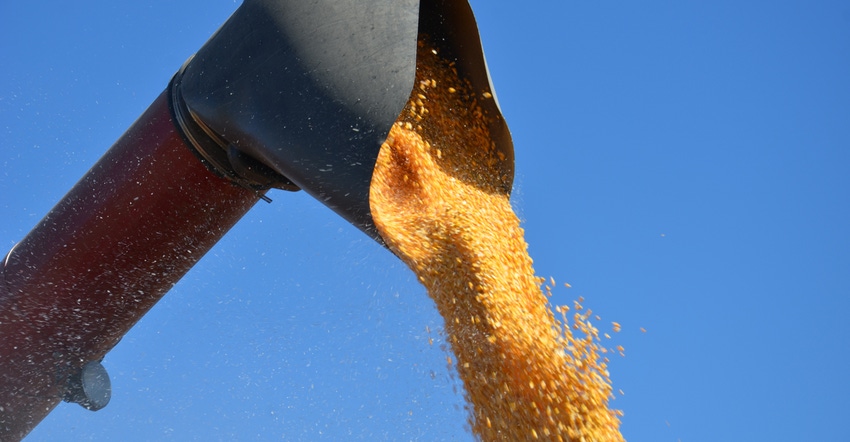August 22, 2019

Flexible cash leases are of interest to landowners who want to capture the upside in years with relatively high crop prices, yields or both. They may also be attractive to landowners reluctant to lower cash rents, particularly given the uncertainty with respect to crop prices in 2020 and beyond.
Switching from a fixed cash rent lease to a flexible cash rent lease allows a lower base rent while simultaneously allowing landowners to share in relatively high crop revenues, if they occur.
Parameters to consider include a base cash rent, crop revenue triggers and landowner shares above the revenue trigger. For the examples in this article, we’ll set base cash rent at 90% of current cash rent. Crop revenue triggers are computed by adding the base cash rent to nonland costs. The landowner share above the crop revenue trigger can vary, but for illustrative purposes, we’ll use 50%. A bonus is added to base case rent if actual crop revenue is above the triggers.
How it works
Assume current cash rent is $240 per acre. Base cash rent will be set at $216, or 90% of current cash rent.
We’ll assume the farm uses a corn-and-soybean rotation. Using cost budgets for corn and soybeans, crop revenue triggers are set at $805 per acre for corn and $593 for soybeans.
Let’s see how high crop yields or crop prices must be to trigger a bonus. The first scenario uses above-trend yields and expected prices, while the second scenario uses trend yields and relatively high prices. For this example, trend yields are 187.5 bushels per acre for corn and 57 bushels per acre for soybeans. Expected corn and soybean prices are $3.85 and $9.05 per bushel, respectively.
Under the first scenario, corn and soybean yields must be higher than 210 and 65.6 bushels per acre, respectively, to trigger a bonus payment. Using trend yields, under the second scenario, corn and soybean prices must be higher than $4.31 and $10.41 per bushel, respectively, to trigger a bonus.
Notice that if just one crop has a higher yield or price, a bonus would not necessarily be paid, because you’re in a corn-and-soybean rotation. For example, if the soybean yield is just average, then corn yield must be very high — much higher than 210 bushels — to trigger a bonus when you average the two crops together.
Different example
Let’s use another example to illustrate computation of the bonus. Assume that corn and soybean yields are 215 and 67.5 bushels per acre, and that corn and soybean prices are $3.85 and $9.05 per bushel. Corn and soybean revenues per acre are $828 and $611, respectively.
For both corn and soybeans, actual crop revenue exceeds the trigger. Using our trigger revenue amounts and a landowner share above the trigger of 50% results in a cash rent of $227.50 for corn and $225 for soybeans. The math for corn is: $216 base rent plus $23 above corn revenue trigger ($828 minus $805) multiplied by 50% to get the landlord share. The math for soybeans is: $216 base cash rent plus $18 above soybean trigger ($611 minus $593) multiplied by 50%.
On average, the landowner would receive $226 per acre in cash rent. Note that cash rent for the flexible cash lease is still lower than market cash rent.
More information on cash rents can be found on the Center for Commercial Agriculture website.
Langemeier is an Extension agricultural economist and associate director of Purdue’s Center for Commercial Agriculture.
About the Author(s)
You May Also Like






